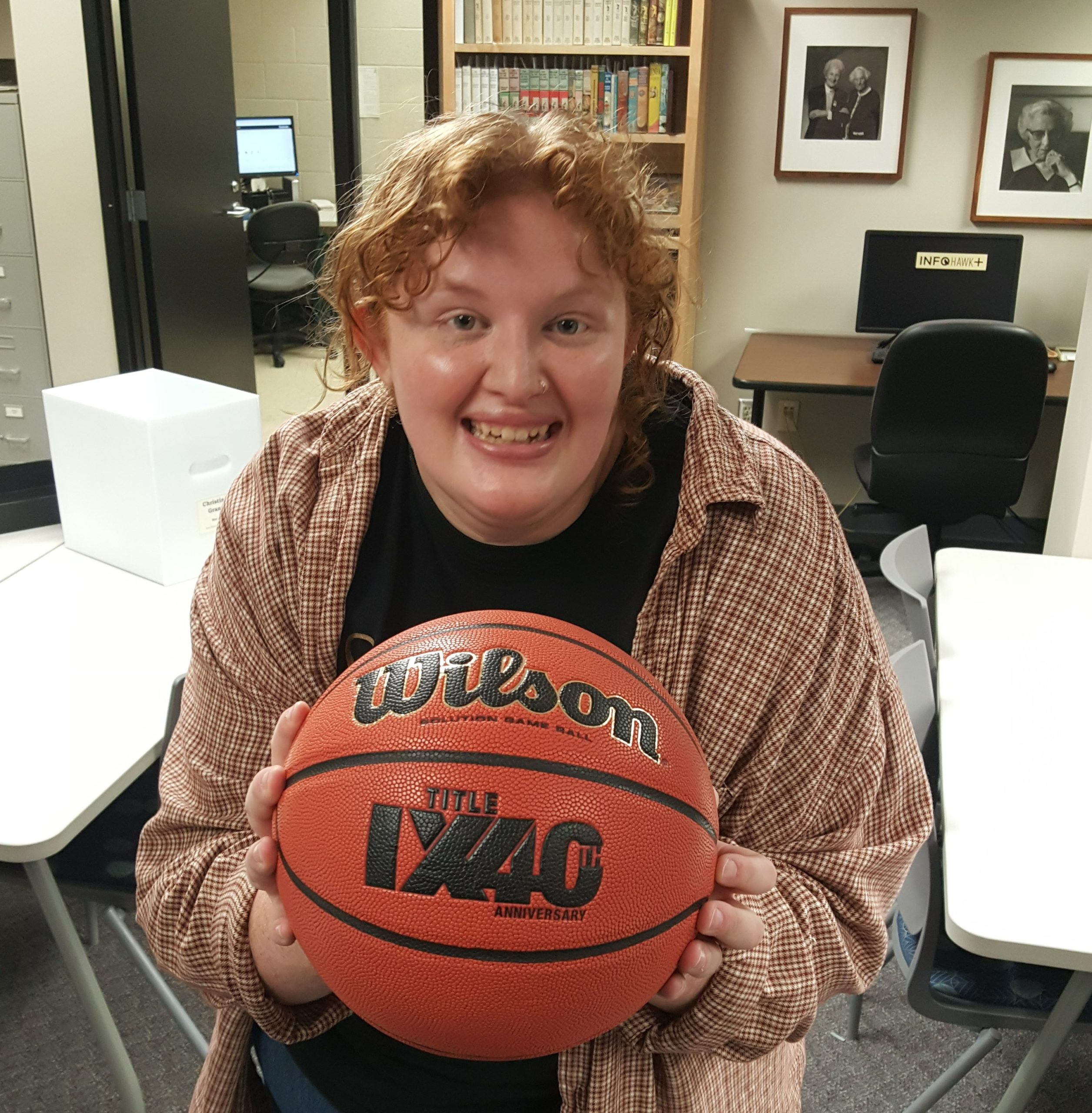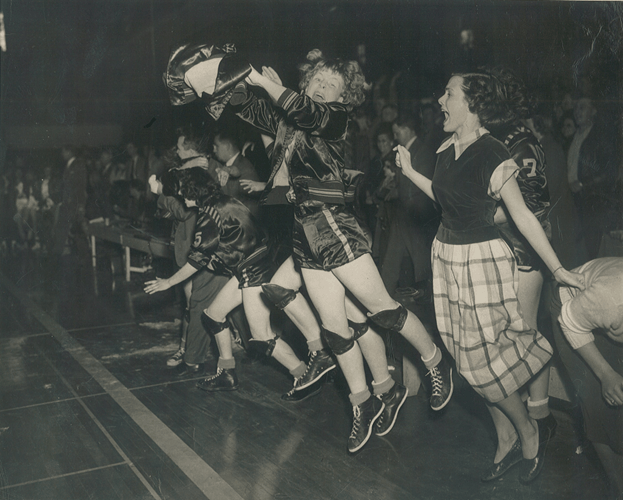The following post was written by IWA Graduate Assistant, Emma Barton-Norris. Six-on-six girls’ basketball was extremely important in Iowa, to both those who played the game and to those who made the trek to attend the annual Iowa State Championship every year. In the newly processed collection, Six-on-Six Girls Basketball in Iowa ephemera, the storiesContinue reading “Six-on-Six Basketball: Gone but Not Forgotten”
Tag Archives: women’s sports
Janice Beran and the Persistence of 6-on-6 Basketball in Iowa
This post was written by IWA Graduate Assistant, Erik Henderson In 1891, James Naismith invented the sport of basketball in Massachusetts at what is now Springfield College. In the early 1900s, the game was adopted for women throughout America especially in small town Iowa. The first Iowa State Championship for girls was played in 1920,Continue reading “Janice Beran and the Persistence of 6-on-6 Basketball in Iowa”

